AVM 80 — Tracing the iconic studio’s trailblazing journey
From selling provisions in Karaikudi to becoming one of India’s renowned film production houses, it has been quite a remarkable journey for the AVM Studios, which is stepping into its 80th year. AV & Son was a departmental store in Karaikudi, run by Avichi Chettiar, the father of A.V. Meiyappan and the founder of AVM Studios. If AVM remains the oldest living studios in India, while most of its contemporaries fell by the wayside, its achievements speak volumes about the vision of its founder.
The enterprising A.V. Meiyappan forayed into selling gramophone records and making films. The initial flops and financial losses did not dampen his spirit.
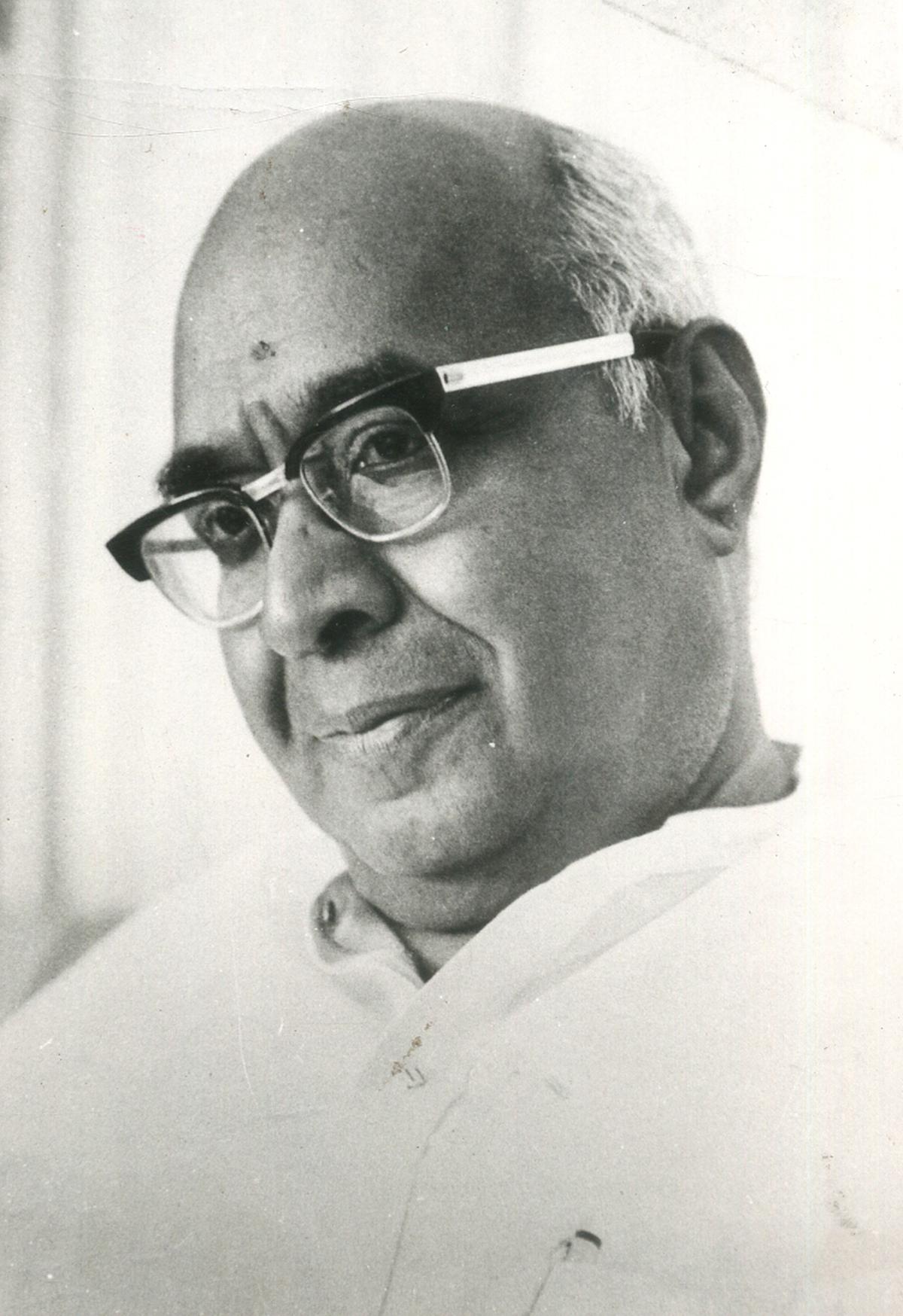
A.V. Meiyappan Chettiar
| Photo Credit:
The Hindu Archives
He swam against the current and ventured into areas where others feared to tread. What else can explain the courage of a man who set up a studio in Karaikudi, when metropolitan cities were the hub of film making. First in Karaikudi and then in Chennai, he produced and directed many popular films, and introduced great talents including T.R. Mahalingam, Sivaji Ganesan, S.S. Rajendran, Vyjayantimala, S.P. Muthuraman and Kamal Haasan. Today, the fourth generation of AVM holds aloft the torch.
Still from Tamil film Naam Iruvar.
| Photo Credit:
The Hindu Archives
When Naam Iruvar, starring Mahalingam, K.R. Ramasamy and Kumari Kamala (in a dance scene), was released, S.S. Vasan, the doyen of the film industry and the founder of Gemini Studios wrote to Meiyappan conveying his appreciation. Its success sent out a message that a good film can be made even in a small town without any sophisticated equipment.
Meiyappan was a visionary who pushed cinematic boundaries, believed in changing with times and constantly explored new ideas and embraced latest technology (the U.S.-made Mitchell 35mm camera he imported is still preserved). Not just Tamil, he also produced hits in many Indian languages.
His memoir Yenadhu Vaazhkai Anubhavagal (My Life Experiences) explains that he was thoroughly convinced that films would dominate the entertainment industry.
“When talkies were first made, I could not resist getting into filmmaking. My friends told me that popular actors including T.P. Rajalakshmi and Ratnabhai Sisters alone could make a film a success. I wanted to prove them wrong. Films used to be 20,000 ft long and would have over 50 songs, but I decided to make shorter films,” he says in his memoir.
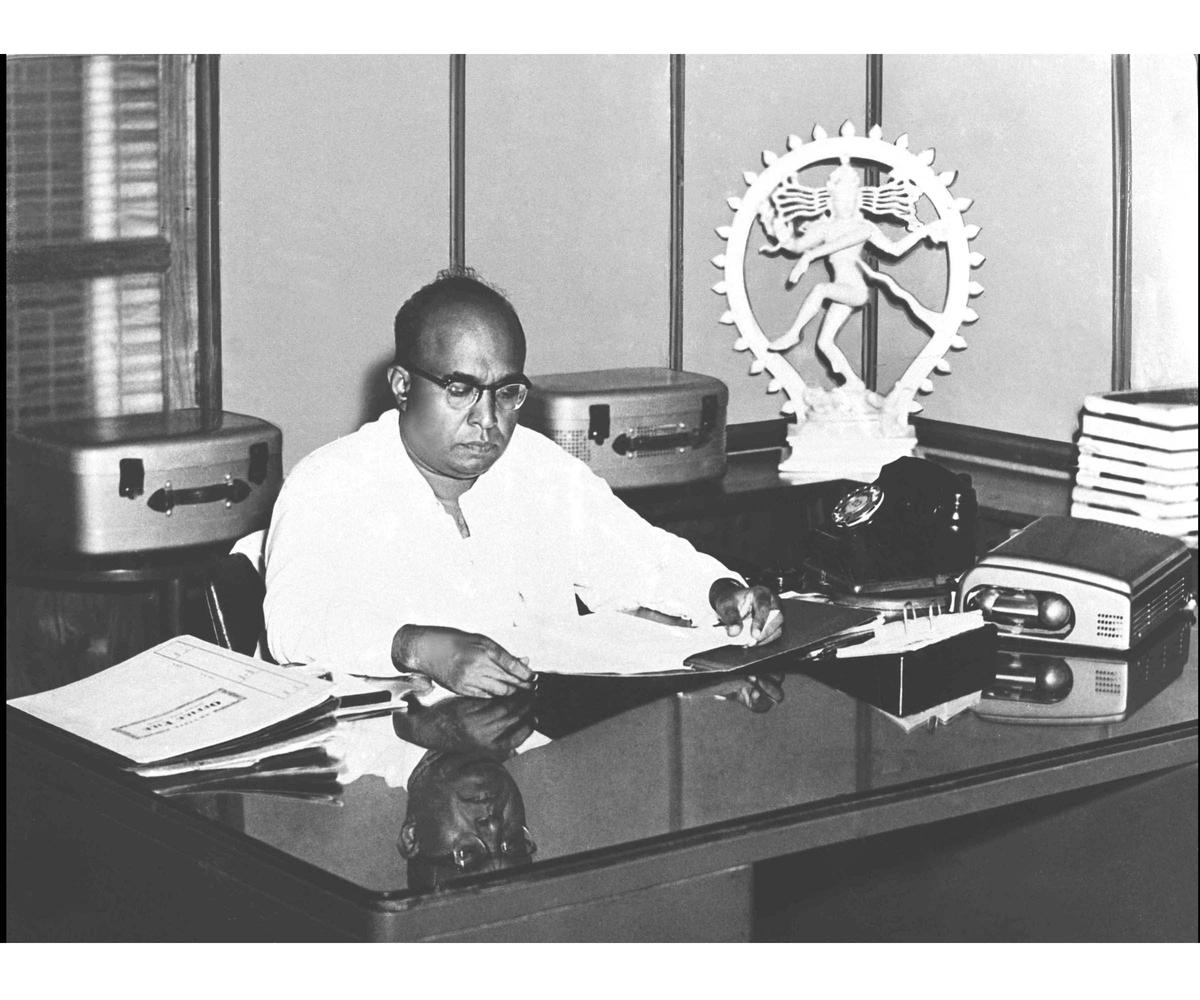
A.V. Meiyappan at his office.
| Photo Credit:
Courtesy: AVM
A self-learner, Meiyappan first achieved post-synchronisation when the technology for the purpose was not available. In the film Sri Valli when the heroine Kumari Rukmani could not match the high-pitch of the hero, T.R. Mahalingam, Meiyappan recorded the songs in the voice of playback singer Periyanayagi and replaced the voice with the help of audiographer V.S. Raghavan. His experiment proved to be a phenomenal success and the film produced on a budget of ₹2 lakh in 1945 earned a ten-fold profit.
First production
His inimitable journey began with Saraswathi Sound Production, which he launched in 1934 and, in a way, was a precursor to AVM Productions. His first production was Alli Arjuna, starring K.S. Anathanarayana Iyer, a well-known actor. The film was a flop, what with the hero squinting throughout the film because of lighting issues.
“The production cost was ₹ 80,000. The film made a huge loss. But I kept in my mind the lessons learnt and started preparations for the second film, Ratnavali,” writes Meiyappan.
Besides sisters Ratnabhai and Saraswathibhai, the film also featured Maharajapuram Krishnamurthy, brother of the legendary Carnatic musician Maharajapuram Viswanatha Iyer. It was produced in Pioneer Studio in Calcutta. Meiyappan used a new camera, but there was a mismatch between camera speed and sound speed, and so it failed to click. The third film was Nandakumar. T.R. Mahalingam played Krishna. In the film, Meiyappan introduced playback singing for the character of Devaki. Once again the box-office was not too kind.
“Some would have thought that I would quit the film industry after three back-to-back flops. But I studied the failures and came to the conclusion that I should have a studio of my own.”
T.R. Ramachandran in the Tamil film Sabapathy.
| Photo Credit:
The Hindu Archives
The result was Pragathi Pictures, a joint venture. The first film was Bhookailash, a Telugu film by Tamil producers, and it was a big hit. The film Sabapathy with T.K. Ramachandran in the lead role was the first film directed and produced by him. The salary for Ramachandran was ₹67.5. The production cost was ₹ 32,000.
Studio in Karaikudi
But for some reason, Meiyappan’s partners sold the studio when he was away in Kashmir. He then decided to set up AVM Studios in Karaikudi because he could not get electricity connection in Madras since it was wartime. The first film Naam Iruvar was made by renting a tent and on the vacant land of Devakottai Jamin Somanathan Chettiar.
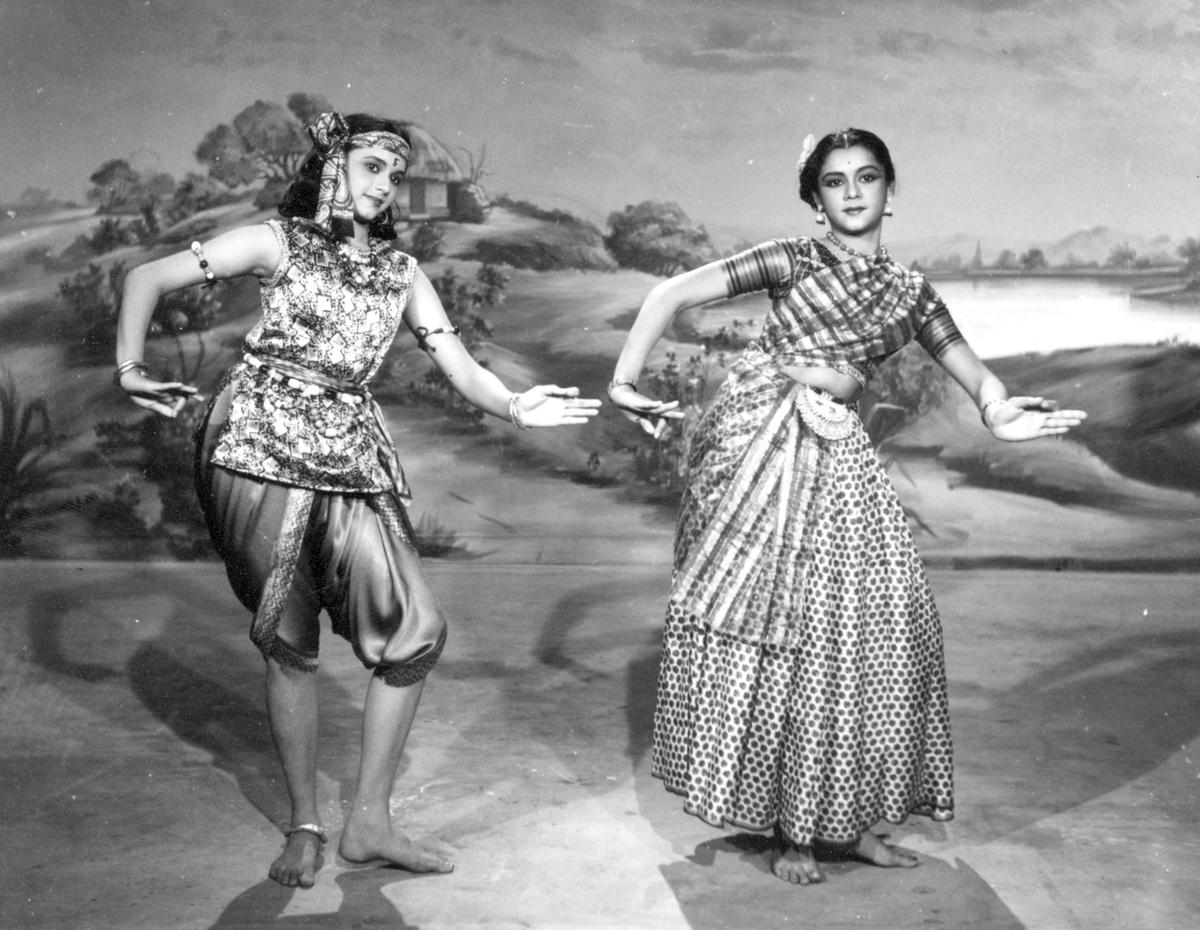
Lalitha and Padmini performing a dance sequence in Vedala Ulagam.
| Photo Credit:
Courtesy: AVM
The famous sisters Lalitha and Padmini performed a dance sequence in his next film, Vedala Ulagam. “Their snake dance became a hit, after which Somanathan Chettiar increased the rent to ₹10,000 per month. It was then that I decided to pack up,” writes Meiyappan, who moved to Madras, notwithstanding the costs involved. The studio set up by him in Vadapalani has since been a major landmark in the city as also of the Tamil film history.
The historic journey
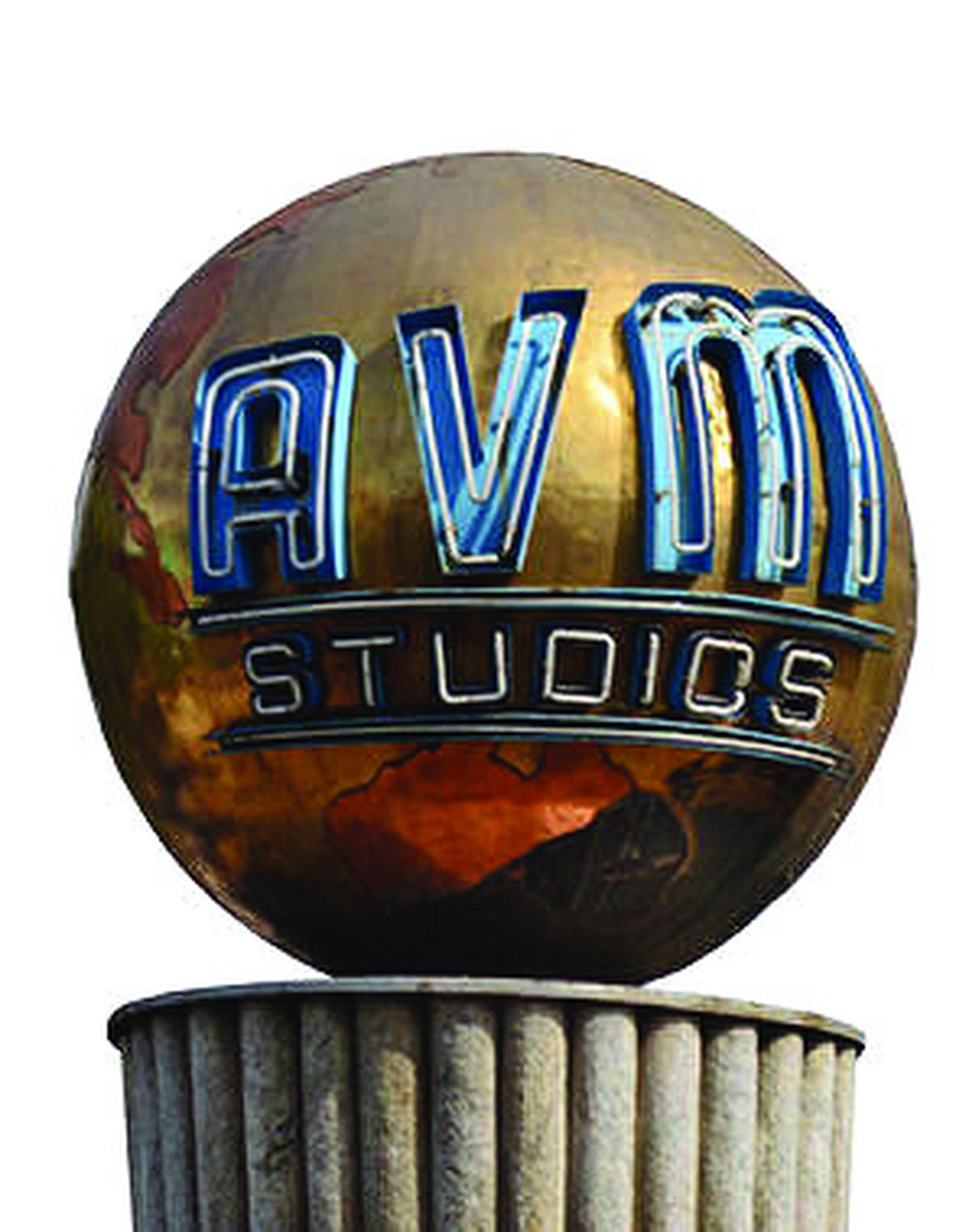
The famed globe outside AVM Studios.
| Photo Credit:
The Hindu Archives
He bought ten acres of land that had once housed a tannery. The price of the land was ₹ 37,500, a princely sum in those days. And thus began the historic AVM journey.
When he introduced Vyjayantimala in the film Vaazhkai, she was just 16. Her dance sequence in the film Bahar made her popular in North India and launched her career in Hindi films.
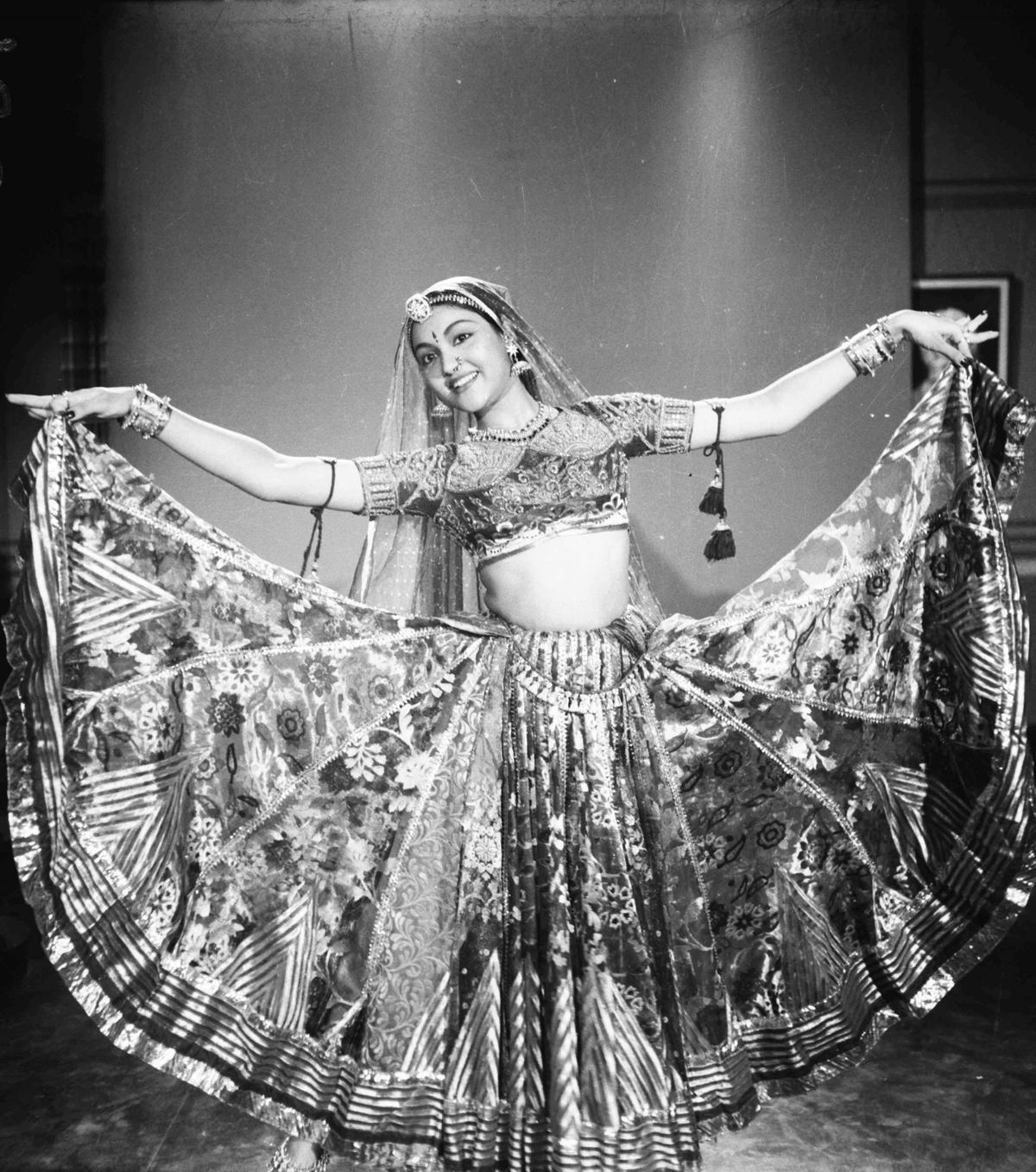
Vyjayantimala’s dance sequence from the film Bahar.
| Photo Credit:
Courtesy: AVM
AVM also persuaded C.N. Annadurai to write the story and dialogues for the film Or Iravu. “He wrote 300 pages in a single night,” writes Meiyappan, who introduced Sivaji Ganesan in the film Parasakthi. Dialogues were by M. Karunanidhi.
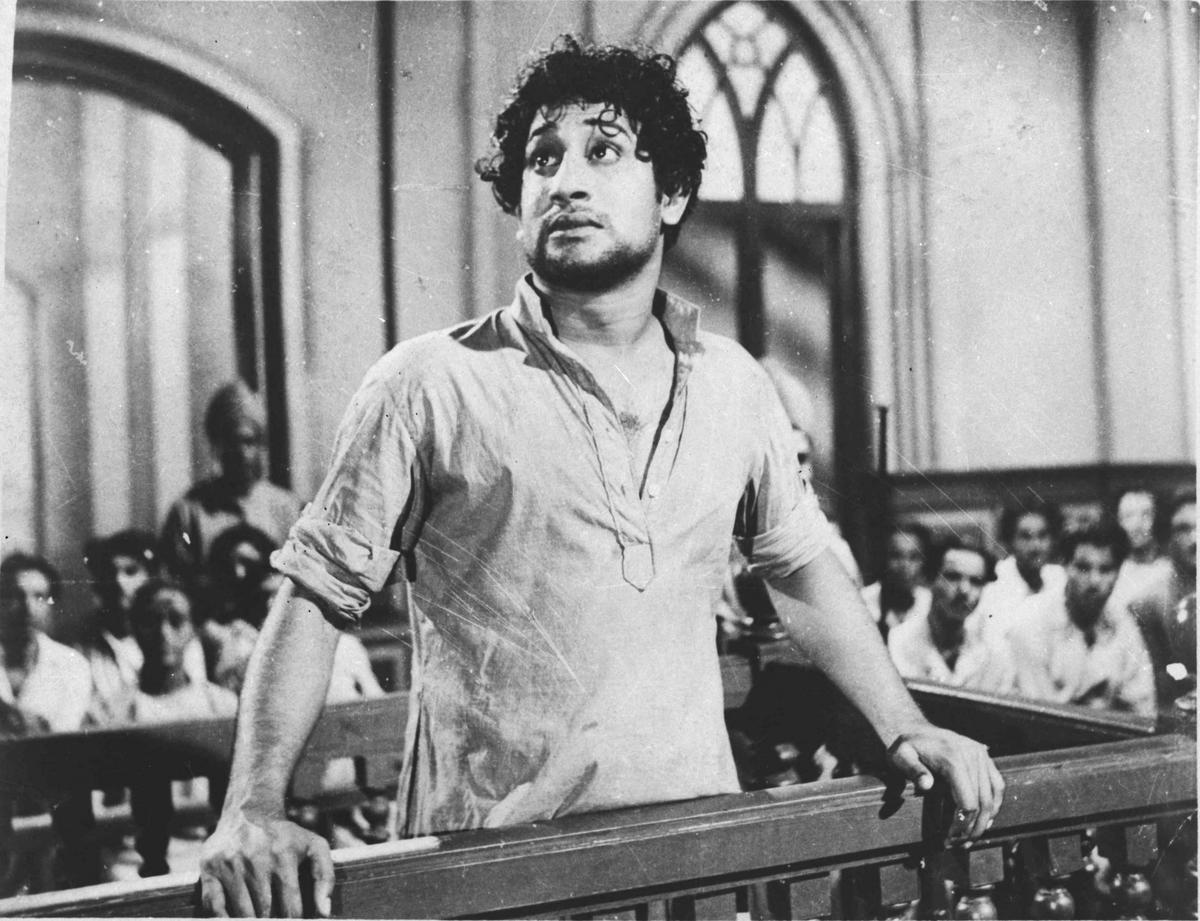
Sivaji Ganesan in his debut film Parasakthi.
| Photo Credit:
The Hindu Archives
“My father was not happy with the performance of an emaciated Sivaji, and wanted to replace him with K.R. Ramasamy. But P.A. Perumal insisted on using Sivaji, who was put on special diets till the shooting was completed. The earlier portions were reshot,” recalls M Saravanan, the managing partner of the AVM Studios. The film was a runaway hit and laid the foundation for Sivaji’s remarkable journey.
When AVM’s sons entered the field, Saravanan took care of every aspect of filmmaking, but the music part was handled by his brother, Kumaran. “If the song ‘Antha naal gnapakam’ became an all time hit, the credit should go to him. He made music director M.S. Viswanathan watch an English movie and recreated the scene for the song in Uyarntha Manithan,” says Saravanan.
Munthanai Mudichu became a hit and the songs composed by Ilayaraja added value to the film. Sakalakala Vallavan, Nallavanukku Nallavan, and Samsaram Athu Minsaram, the list is almost endless.
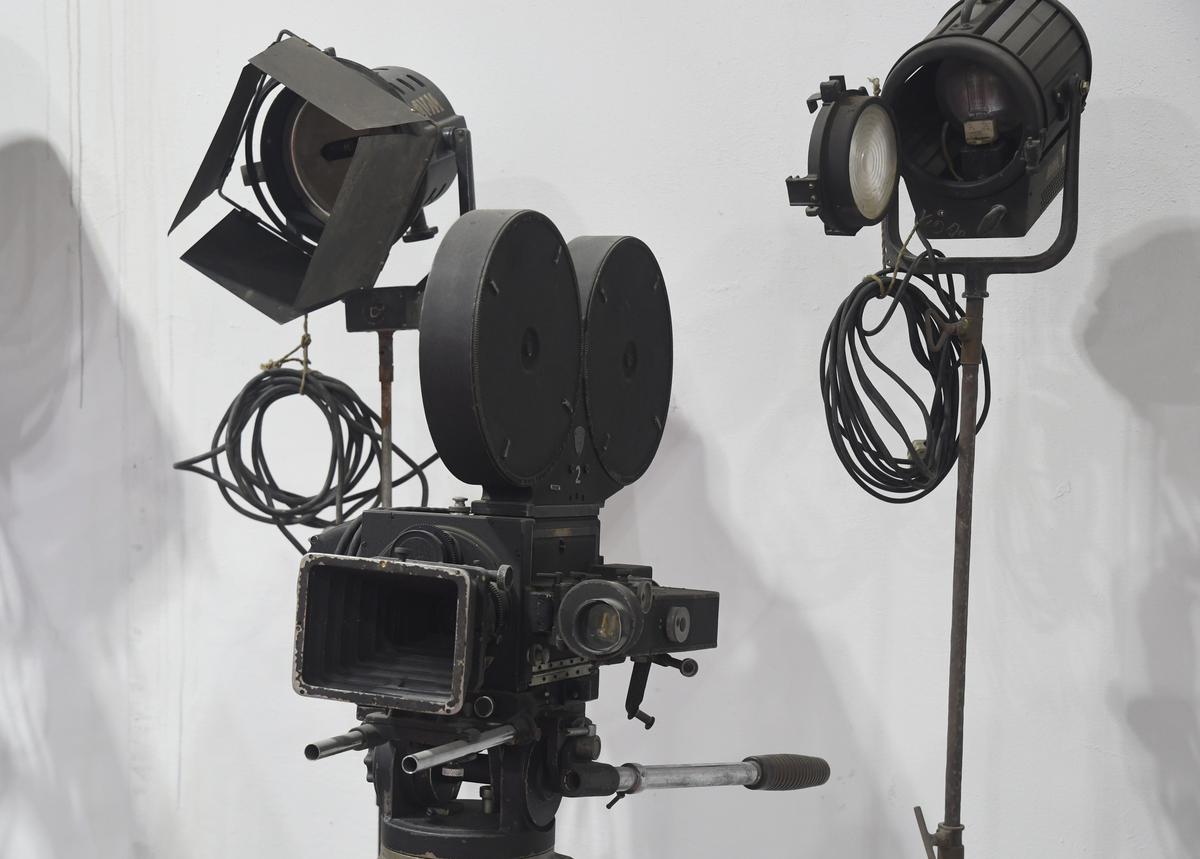
The oldest camera used in Parasakthi film at AVM Heritage Museum in Chennai.
| Photo Credit:
RAGU R
Rajinikanth-starrer Sivaji was made before the era of digital films began. It was the only film that had a record number of prints at that time and a print is kept at the AVM Heritage Museum, which offers a peek into the technical evolution of the Tamil film industry. The museum also houses the monogram of the AVM Studios.
“Once pointing to the monogram, my father said, it symbolises my 50 years of hard work. We have not failed him, I think. We have been successfully running the studio of Appachi (Meiyappan) for 80 years and have made over 175 films,” says Saravanan.
For all the latest Entertainment News Click Here
For the latest news and updates, follow us on Google News.
